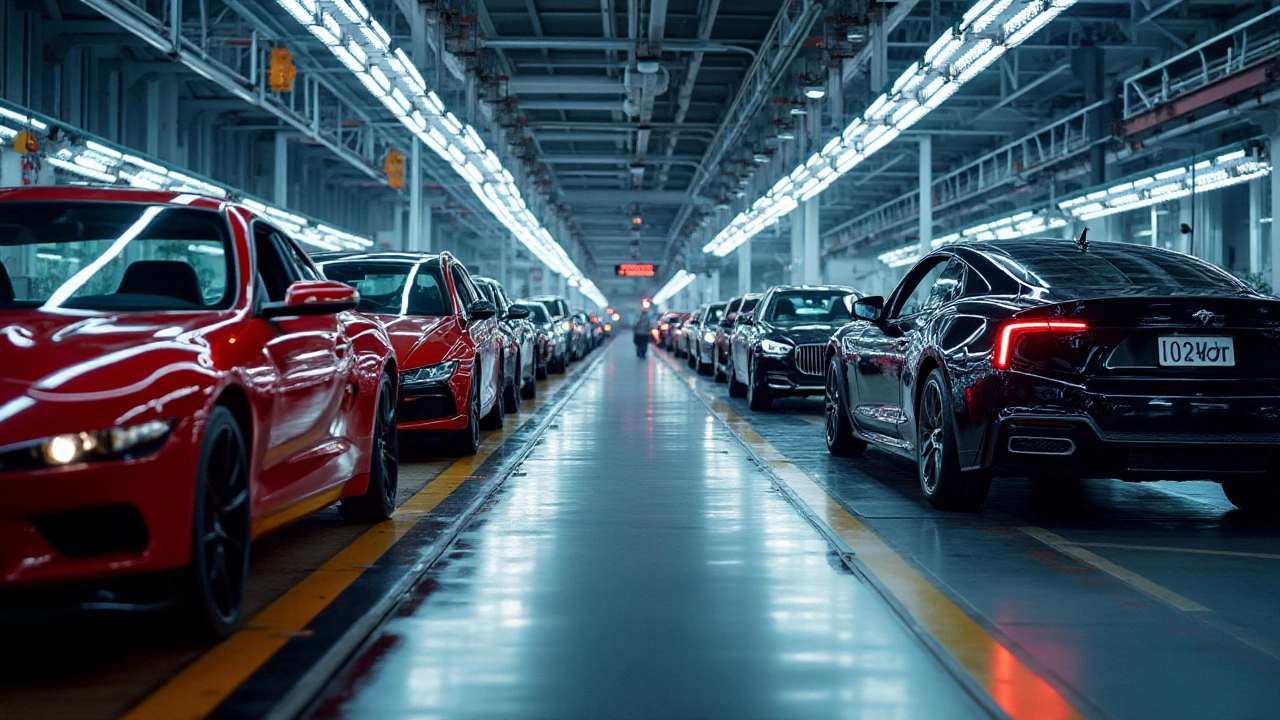- How Many Textile Manufacturing Companies Are There in India? Feb 25, 2025
- Understanding Unit Processes in Food Processing Mar 31, 2025
- Who is the King of Textiles? Apr 16, 2025
- Exploring India's Textile Hub: Unveiling the World Capital Mar 26, 2025
- Export Garments from India to USA: 2025 Step‑by‑Step Guide Oct 24, 2025
American Industry: Jobs, Innovation & Future Outlook
When you hear "American industry" you probably think of big factories, shiny robots and a lot of jobs. That’s right, but there’s more to the story. Today’s US manufacturing is a mix of high‑tech equipment, clean‑energy pushes, and a focus on keeping supply chains steady after a few shaky years.
Why Manufacturing Still Matters in 2025
First off, manufacturing still provides roughly 12 % of all US jobs. Those roles aren’t just on the shop floor – they include engineers, data analysts, and logistics planners. The payoff? Communities get stable wages, schools see more funding, and local businesses thrive on the spending power of factory workers.
Innovation is the engine that keeps those jobs relevant. Companies are rolling out AI‑driven quality checks, 3‑D printed parts, and low‑carbon production lines. The result is faster turnaround, fewer defects, and a smaller carbon footprint – something both workers and shoppers care about.
Key Trends Shaping US Industry
One big trend is supply‑chain resilience. After the pandemic and recent trade shifts, firms are diversifying suppliers and bringing more production back home. That “re‑shoring” movement means new plants in the Midwest and Southeast, opening up fresh employment opportunities.
Another trend is the push for greener manufacturing. Federal incentives reward factories that cut emissions or switch to renewable electricity. When a plant upgrades its burners or adds solar panels, the whole region benefits from cleaner air and lower energy costs.
Technology is also leveling the playing field for smaller manufacturers. Cloud‑based ERP systems, affordable robotics, and on‑demand 3‑D printing let a boutique shop compete with large multinationals. This democratization fuels entrepreneurship and adds niche jobs to the market.
Finally, the workforce itself is evolving. Upskilling programs sponsored by trade schools and industry groups are teaching workers how to manage the new machines and data tools. If you’re curious about a stable career, learning a bit of coding or data analysis can open doors in today’s factories.
Bottom line: American industry isn’t stuck in the past. It’s a dynamic mix of jobs, tech, and sustainability that keeps the economy moving. Whether you’re a job‑seeker, a business owner, or just a curious reader, the trends outlined here give you a clear picture of where the US manufacturing scene is headed in 2025 and beyond.
Top 10 Best-Selling Manufactured Products in the United States
- Aarav Sekhar
- Jan 3, 2025
The United States boasts a powerhouse manufacturing sector, producing a variety of products that are pivotal in both domestic and international markets. From automobiles and electronics to cutting-edge aerospace technology, these products not only drive the economy but also showcase innovation and quality. The article delves into the top 10 manufactured products in the USA, offering insights into their impact and significance in the manufacturing industry.
